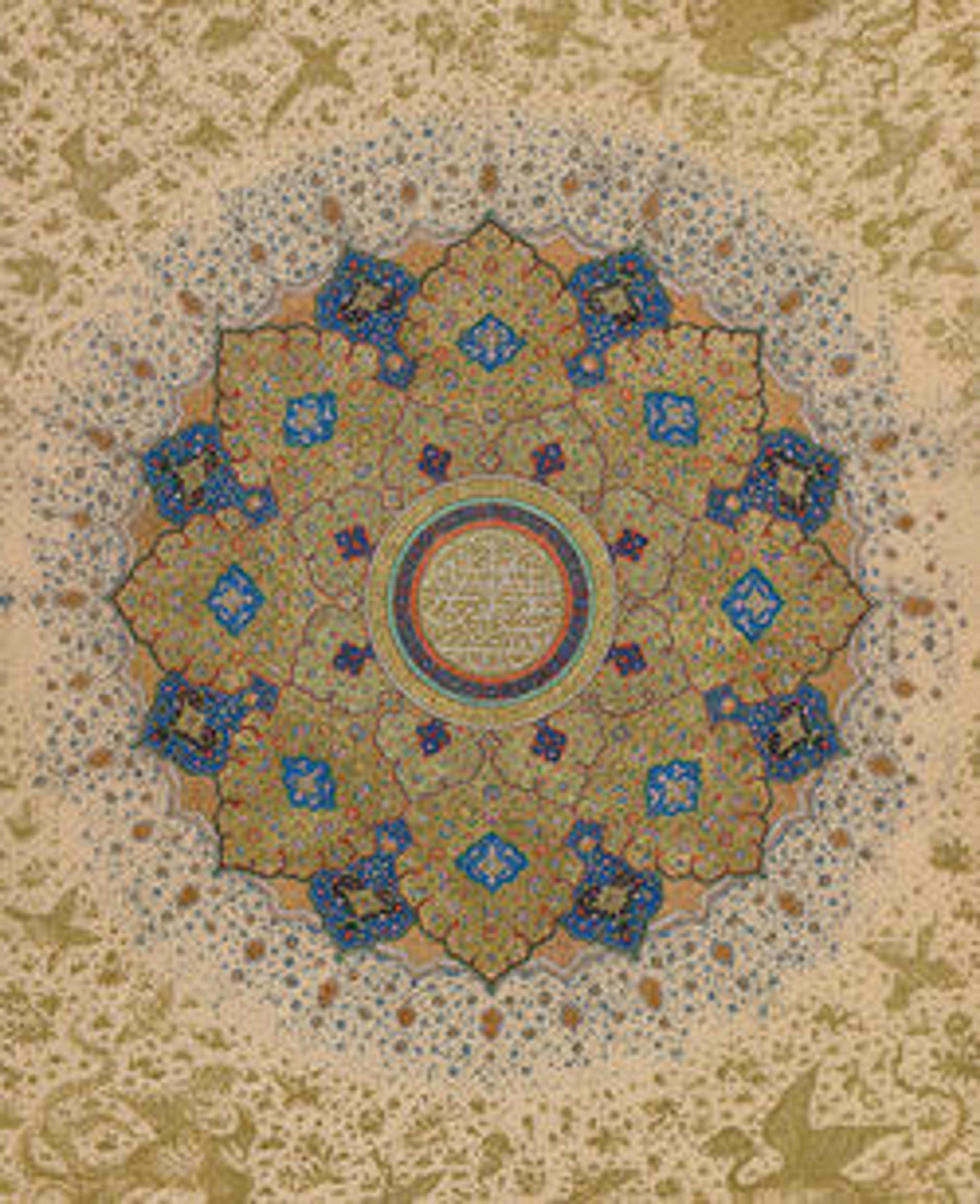Pair of Doors Carved in the 'Beveled Style'
This carved pair (with 31.119.1) of teak doors imported into Iraq from Southeast Asia is probably from a royal or domestic residence. They epitomize the Beveled style—a symmetrical, abstract, vegetal form—and were probably originally painted and highlighted with gilding. The doors are said to have been found at Takrit, but were probably originally made in Samarra, the palace city of the Abbasid caliphs for a brief time in the mid‑ninth century.
Artwork Details
- Title:Pair of Doors Carved in the 'Beveled Style'
- Date:9th century
- Geography:Found Iraq, probably Takrit. Made in Iraq, probably Samarra
- Medium:Wood (teak); carved
- Dimensions:Left door:
H. 87 3/4 in. (222.9 cm)
W. 21 in. (53.3 cm)
D. 1 1/2 in. (3.8 cm)
Right door:
H. 86 1/2 in. (219.7 cm)
W. 20 1/4 in. (51.4 cm)
D. 1 1/2 in. (3.8 cm)
Wt. 165 lbs. (74.8 kg) weight includes 31.119.1, 31.119.2 and wooden mount without plexi. Mount is probably half of this weight. - Classification:Wood
- Credit Line:Fletcher Fund, 1931
- Object Number:31.119.2
- Curatorial Department: Islamic Art
More Artwork
Research Resources
The Met provides unparalleled resources for research and welcomes an international community of students and scholars. The Met's Open Access API is where creators and researchers can connect to the The Met collection. Open Access data and public domain images are available for unrestricted commercial and noncommercial use without permission or fee.
To request images under copyright and other restrictions, please use this Image Request form.
Feedback
We continue to research and examine historical and cultural context for objects in The Met collection. If you have comments or questions about this object record, please contact us using the form below. The Museum looks forward to receiving your comments.
